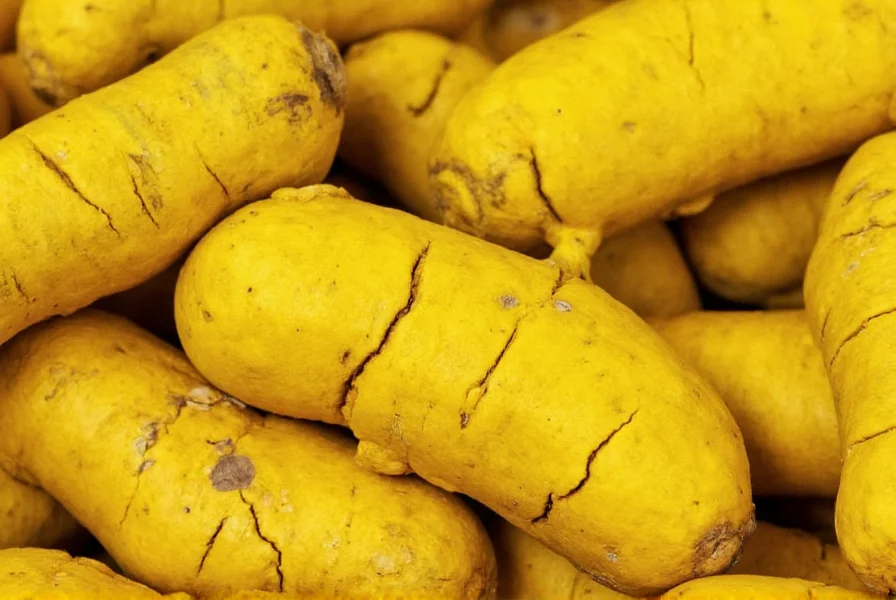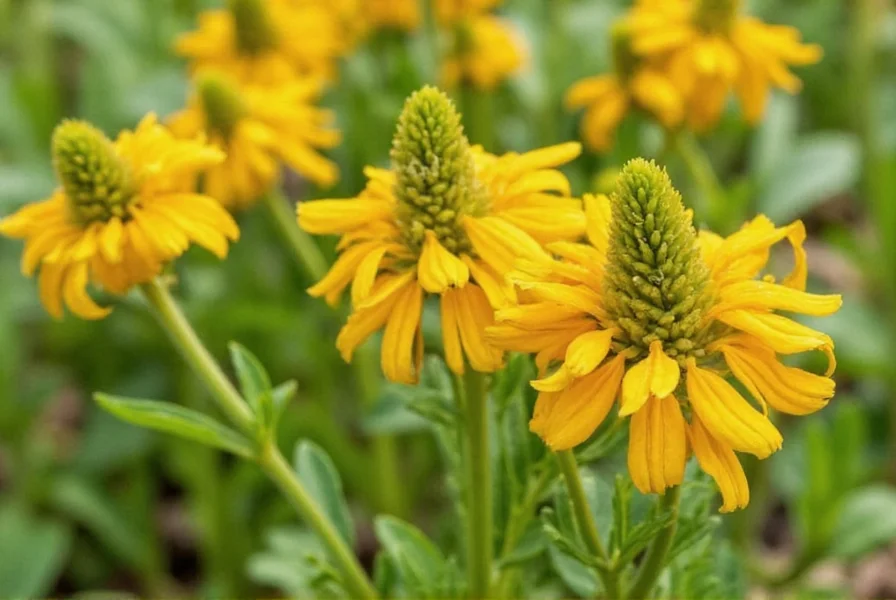Growing your own turmeric is simpler than many gardeners realize. This vibrant golden spice, scientifically known as Curcuma longa, thrives in warm climates but can be cultivated in containers even in cooler regions. Whether you're an experienced gardener or just starting your first herb garden, producing fresh turmeric rhizomes at home provides superior flavor and potency compared to store-bought options.
Understanding Turmeric Plant Requirements
Turmeric is a tropical perennial plant belonging to the ginger family (Zingiberaceae). It grows from rhizomes—underground stems that produce roots and shoots. Unlike many herbs, turmeric requires specific growing conditions to thrive, but with proper care, you can harvest your own fresh rhizomes in about 8-10 months.
Climate and Location Considerations
Turmeric originates from Southeast Asia and prefers warm, humid conditions similar to its native environment. The ideal temperature range for growing turmeric is between 68-86°F (20-30°C). The plant cannot tolerate frost, so gardeners in temperate climates should grow turmeric in containers that can be moved indoors during colder months.
When considering how to grow turmeric in containers, choose a location with partial shade. While turmeric appreciates bright light, direct afternoon sun can scorch its leaves. In tropical regions, turmeric grows well under the dappled shade of taller plants.
| Climate Zone | Growing Method | Special Considerations |
|---|---|---|
| Tropical (USDA 10-12) | Direct ground planting | Provide partial shade; mulch to retain moisture |
| Temperate (USDA 7-9) | Container gardening | Bring indoors before first frost; maintain humidity |
| Cool (USDA 3-6) | Indoor container gardening | Use grow lights; monitor soil moisture carefully |
Soil Preparation for Optimal Growth
The best soil for growing turmeric is loamy, well-draining, and rich in organic matter. Turmeric prefers slightly acidic to neutral soil with a pH between 5.5 and 7.5. Before planting, amend your garden soil or container mix with compost or well-rotted manure to improve fertility and drainage.
Avoid heavy clay soils that retain too much water, as turmeric rhizomes will rot in soggy conditions. If your soil is particularly dense, create a raised bed or use a container with a mix of equal parts potting soil, perlite, and compost for ideal drainage.
Planting Your Turmeric Rhizomes
Start with fresh, organic turmeric rhizomes from a reputable source. Look for plump rhizomes with multiple 'eyes' or growth points. You can often find suitable rhizomes at Asian grocery stores, but ensure they haven't been treated with growth inhibitors.
Follow these steps for planting:
- Break the rhizome into smaller pieces, each containing 2-3 growth buds
- Allow cut surfaces to dry for 24-48 hours to prevent rot
- Plant pieces 1-2 inches deep with buds facing upward
- Space rhizomes 8-12 inches apart in rows 18-24 inches apart
- Water thoroughly after planting, then maintain consistent moisture

Watering and Care Requirements
Consistent moisture is crucial for turmeric growth, but overwatering leads to rhizome rot. During the active growing season (spring through summer), water when the top inch of soil feels dry. Turmeric appreciates high humidity, so misting the leaves occasionally benefits the plant.
Fertilize every 4-6 weeks with a balanced organic fertilizer or compost tea. Turmeric is a heavy feeder, particularly needing potassium for rhizome development. Avoid high-nitrogen fertilizers that promote leaf growth at the expense of rhizome production.
Managing Pests and Diseases
Turmeric is relatively pest-resistant but can occasionally face challenges:
- Leaf spot: Remove affected leaves and improve air circulation
- Rhizome rot: Caused by overwatering; ensure proper drainage
- Spider mites: Increase humidity and spray with insecticidal soap
- Nematodes: Rotate crops and amend soil with neem cake
Prevent most issues by maintaining proper spacing for air circulation, avoiding overhead watering, and keeping the area free of plant debris.
Harvesting Your Turmeric Crop
Knowing when to harvest turmeric rhizomes is critical for maximum flavor and yield. Most varieties are ready 8-10 months after planting, when the leaves begin to yellow and die back. To check readiness, gently dig around one plant to inspect the rhizomes.
When harvesting:
- Stop watering 1-2 weeks before harvest to dry the soil
- Carefully dig around the plant with a garden fork
- Lift the entire plant, including all rhizomes
- Shake off excess soil (don't wash yet)
- Cut stems to 2-3 inches above rhizomes

Storing and Using Your Home-Grown Turmeric
After harvesting, cure turmeric rhizomes by spreading them in a single layer in a warm, dry, shaded area for 7-10 days. Once cured, store in a cool, dark place in a mesh bag or paper bag with ventilation. Properly stored turmeric rhizomes will keep for 2-3 months.
For longer storage, you can:
- Refrigerate in a perforated plastic bag (up to 6 months)
- Freeze after peeling and slicing (up to 1 year)
- Dry and grind into powder (store in airtight container)
Troubleshooting Common Growing Problems
Slow growth: Check soil temperature—turmeric grows poorly below 60°F (15°C). Consider using black plastic mulch to warm the soil.
Small rhizomes: This often indicates insufficient nutrients or overcrowding. Apply potassium-rich fertilizer and ensure proper spacing.
Yellowing leaves: Could indicate overwatering, nutrient deficiency, or natural senescence before harvest. Check soil moisture and recent fertilization.
For gardeners wondering about growing turmeric in cold climates, container gardening is your best option. Start plants indoors 6-8 weeks before your last frost date, then move containers outdoors when temperatures consistently stay above 60°F (15°C). Bring containers indoors before first frost in fall.
Conclusion
With proper care and attention to its specific needs, growing turmeric at home is achievable for most gardeners. The key turmeric plant care tips include maintaining warm temperatures, providing consistent moisture without waterlogging, and giving the plant enough time to develop substantial rhizomes before harvest. Freshly harvested turmeric offers superior flavor and medicinal properties compared to store-bought options, making the effort well worthwhile for home gardeners.
Frequently Asked Questions
How long does it take to grow turmeric from planting to harvest?
Turmeric typically requires 8-10 months from planting to harvest. The plant needs this extended growing season to develop substantial rhizomes. You'll know it's ready when the leaves begin to yellow and die back, usually around 240-300 days after planting.
Can I grow turmeric indoors year-round?
Yes, turmeric can be grown indoors year-round in containers. Choose a large pot (at least 12 inches deep), place it in a bright location with indirect light, maintain temperatures between 68-86°F (20-30°C), and keep humidity levels high. Indoor plants may grow more slowly than outdoor plants in ideal conditions.
What should I do if my turmeric plant's leaves turn yellow prematurely?
Premature yellowing could indicate overwatering, nutrient deficiency, or pest issues. First, check soil moisture—it should be consistently moist but not soggy. If overwatering is ruled out, apply a balanced organic fertilizer. If pests are present, treat with appropriate organic methods. Note that yellowing is normal as harvest time approaches.
How do I know which turmeric variety to grow?
For home gardening, 'Madagascar' and 'Indian Finger' are popular varieties known for good flavor and yield. 'Thai Yellow' offers vibrant color, while 'White Turmeric' has milder flavor. Choose based on your intended use—culinary, medicinal, or ornamental. Most varieties grow similarly, so climate adaptation is more important than specific variety selection for beginners.
Can I grow turmeric from store-bought rhizomes?
Yes, you can grow turmeric from organic store-bought rhizomes, but avoid conventionally grown ones that may have been treated with growth inhibitors. Look for plump rhizomes with multiple growth buds (eyes). Let cut pieces dry for 24-48 hours before planting to prevent rot. Organic grocery store turmeric typically works best for home propagation.











 浙公网安备
33010002000092号
浙公网安备
33010002000092号 浙B2-20120091-4
浙B2-20120091-4